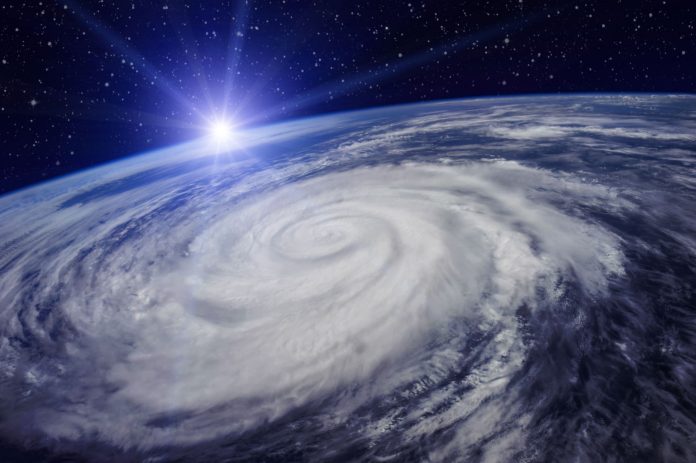The Sunshine Coast is in for a “terrible shock” when tropical cyclones become more frequent and intense because of climate change, a researcher has warned.
Professor Jonathan Nott says fierce cyclones will start forming further south along the Queensland coast because of warming seas.
The prediction raises questions about the building standards of coastal homes which currently only have to withstand winds from a Category 2 cyclone.
Many people don’t realise that the Sunshine Coast has a wild history of cyclones battering the region followed by relative quiet after about the 1980s, but Professor Nott warned the future would not be so calm.
“The Sunshine Coast and Gold Coast have had periods in the past of cyclone activity and this cycle can come through again, which we are expecting it to do,” said Professor Nott.
“I think people will get a rude shock on the Sunshine Coast if a cyclone came through now.”
Professor Nott’s comments come after Cyclone Seroja slammed into the Western Australian town of Kalbarri as a Category 3 storm, which he said was rare that far south.
The resort town sits on the similar line of latitude as the Sunshine Coast and hasn’t had a Category 3 cyclone there since at least the 1970s.
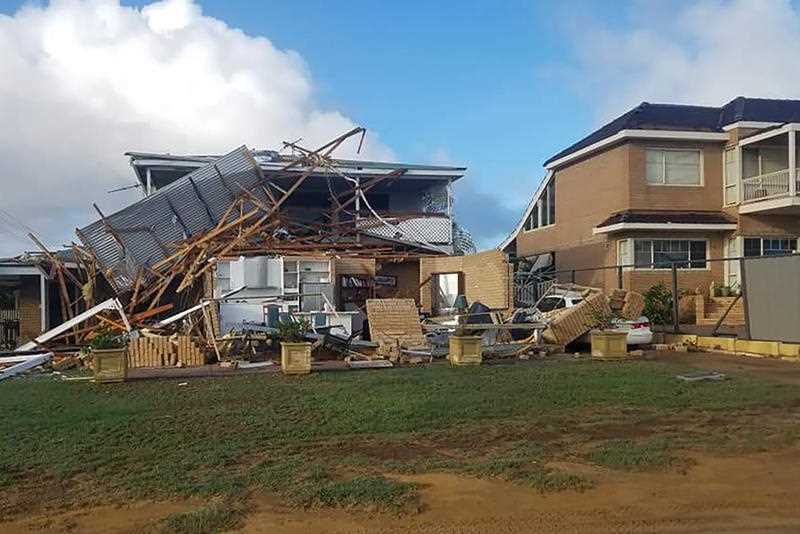
Although recent decades have been relatively quiet on the Sunshine Coast, Professor Nott said SEQ had a dramatic past littered with cyclonic activity, with around 30 striking from the early 1900s to today.
The Coast experienced an extremely active decade of cyclones in the 1960s when there were an astonishing nine tropical storms, in particular 1967 when there was a succession of four cyclones in one year alone.
Do you have an opinion to share? Submit a Letter to the Editor with your name and suburb at Sunshine Coast News via: news@sunshinecoastnews.com.au
The data compiled by retired severe weather forecaster Jeff Callaghan (listed below) shows that since the 80s, the Sunshine Coast has enjoyed several decades without major cyclonic impact.
NSW over a 150-year-period also had 30 tropical cyclones, according to a recent study in the Journal of Southern Hemisphere Earth Systems Science.
The noticeable “hiatus” since the 1980s in NSW was attributed to an increase in El Nino activity and the warming of north-east Australian waters, the study said.
But Professor Nott said that quiet period for SEQ and northern NSW would change because of warming sea temperatures.
“Cyclones will occur more frequently, definitely, so instead of say, once in 50 years it could be one in 20; not every year, but more over a period of time,” he said.
“With climate change the tropics are expanding and slowly moving further south with significantly warmer waters, and staying warmer for longer.
“This is the major fuel for tropical cyclones. There is every reason to believe that south-east Queensland will be hit by severe category 3 and 4 tropical cyclones as a result of climate change.”
Professor Nott said changes in cyclone patterns raised questions about the ability of homes and buildings to withstand the impacts of more severe weather events with stronger winds.
Australia has four wind zone classifications for building standards and the Sunshine Coast is in zone B which has a limit of 187km/h which would not be enough to withstand stronger cyclones.
Help keep independent and fair Sunshine Coast news coming by subscribing to our free daily news feed. All it requires is your name and email. See SUBSCRIBE at the top of this article
Category 3 and 4 cyclones have much more powerful winds upwards of 200km/h, exceeding the zone B wind standard.
“This is really the important question; this is exactly the question we should be asking. We need to start investigating,” said Professor Nott.
Cyclones that impacted the Sunshine Coast from the 1900s
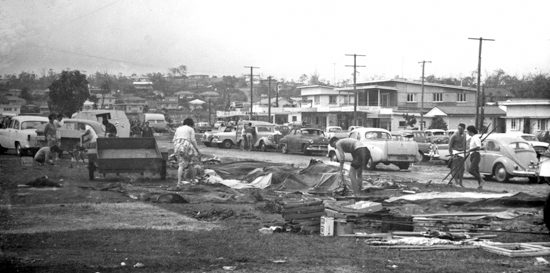
- 17-20 May, 1926: Cyclone passed just east of Double Island Point and moved SE to Norfolk Island while intensifying.
- 29-30 June, 1929: Cyclone recurved to SE just to NE of Cape Moreton with gales and heavy rain.
- 7 July, 1931: Cyclone developed in SEQ and moved towards the SE.
- 1-2 Sept, 1934: Cyclone passed to east of Brisbane. SS Montoro damaged.
- 14-16 June, 1948: Complex cyclonic system moved from Double Island Point to Coolangatta and then seawards.
- 15-26 June, 1950: Cyclone moved westward towards the Gold Coast and then turned slowly back out to sea and down the NSW coast.
- 11-13 July, 1954: Complex cyclonic system crossed coast near Bundaberg and then recurved towards SE. Winds left a trail of damage along the coast south from Bundaberg. Woman killed at Nambour when shed was lifted by wind and hurled into her. Houses, shops, jetties and boats were badly damaged. 200 people were left homeless, hundreds of small craft were wrecked. Many houses unroofed including 50 at Caloundra.
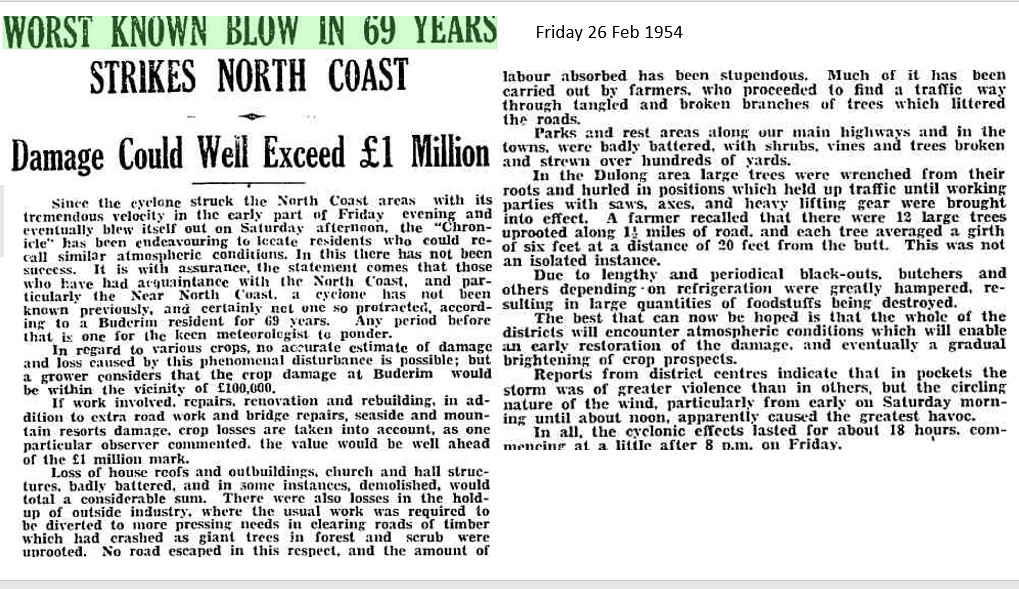
- 1 January, 1963: Cyclone Annie crossed the Sunshine Coast on New Year’s Day 1963. Houses were unroofed at Buderim, Landsborough, Mt Mellum, Flaxton and Maleny and banana plantations suffered considerably. Falling trees cut power and telephone lines. Campers lost tents and caravans were capsized and small craft wrecked.
- 7-8 May, 1963: Small cyclone developed near Tewantin and moved southeast out to sea. Gales brought down trees and power lines. Big tides and heavy rain caused severe local flooding at Redcliffe, Wynnum, the Sunshine Coast and the Gold Coast.
- 25-28 June, 1965: Cyclone developed off Sunshine Coast and moved out to New Caledonia. Cyclone intensified while moving seawards. Heavy to flood falls in Mary River catchment and Moreton. Maximum 24hr rainfall of 242mm at Tewantin.
- 18-21 July 1965: Cyclone developed east of Brisbane, moved up to Fraser Island and then turned southwards over Brisbane, then down to Yamba and seawards. Much damage to small structures in the metropolitan area and three houses were unroofed.
- 9-13 June, 1966: Cyclone developed near Fraser Island and then moved south and passed to the east of Brisbane and the Gold Coast.
- January 29, 1967: Cyclone Dinah brought a storm surge of 2 metres that covered the flats inland from Double Island Point and inundated cane farms at Bli Bli on the Sunshine Coast while it was knee deep in Hastings St Noosa.
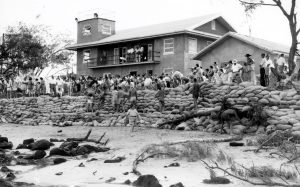
Volunteers sandbag the beach in front of the Maroochydore SLSC in the 1950s after the foreshore was stripped by cyclone and king tides. - 8-13 June, 1967: Cyclone developed near Willis Island, moved down to Bundaberg, passed over Fraser Island and moved into Moreton Bay before moving over Gold Coast and then out to sea. A woman was killed when her car overturned into Mary River at Gympie. Five hundred people across the south-east were evacuated from flooded homes, 14 people were rescued by boat. Fifteen cars were swept into Enoggera Creek and the occupants either escaped or were rescued.
- 21-22 June 1967: Cyclone moved from Willis Island down to Fraser Island and then turned towards the SE and passed over Lord Howe Island. Average winds to 40 knots along the S Qld coast.
- 26-28 June 1967: Cyclone developed just to the east of Brisbane and moved slowly north to the east of Double Island Point and then turned slowly towards the SE.
- February 1971: Cyclone Dora crossed the coast north of Brisbane.
- 7 February 1972: Cyclone Wendy attacked the beaches just four days before Cyclone Daisy.
- 11 February 1972: Cyclone Daisy made landfall on Fraser Island and the bar at Sandy Cape.
- 5-8 July 1973: Cyclone developed east of Mackay and moved down just seawards of the Sunshine Coast. It then moved back up north to the east of Yeppoon. Four people drowned — two near Nambour when the car went into a creek and two near Yandina after their car became stranded. The Cherry Venture cargo ship was driven ashore 1.5 km south of Double Island Point on the afternoon of the 8th after foundering in “forty foot waves”. Rainfall totals in 24 hours included 384mm Nambour 384mm, Woodford 349mm, Mapleton 340mm and Maleny 335mm.
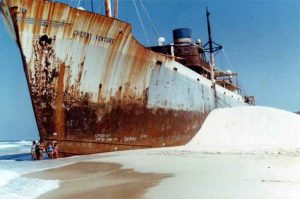
The Cherry Venture. - 3-6 February, 1974: A large intense cyclone passed 500km east of the Coast, but still managed to send a storm surge to batter beaches with huge waves, floods and gales.
- 24 January 1974: A weak Cyclone Wanda crossed at Maryborough and extensive rainfall for weeks contributed to Brisbane’s devastating 1974 floods.
- 29-30 July, 1979: Cyclone developed to the NE of Fraser Island moved down just to the east of Brisbane and then turned eastwards out to sea.
- 6-9 May, 1980: Cyclone developed near Fraser Island, moved east and then turned back and crossed the coast to the north of Brisbane.
- February 15, 1981: Cyclone Cliff swept across Fraser Island, sending heavy rain to flood the Sunshine Coast.
- 20-23 June, 1983: Cyclone developed in the Coral sea and moved down through Hervey Bay across the Sunshine Coast and back out to sea. A boy was drowned at Pomona after being sucked into a flooded drain. Fifteen yachts were damaged at Mooloolaba. Eleven caravans were washed away and destroyed from raging floodwaters at Yandina Caravan Park. In Nambour shops were flooded including a Mercedes dealership where cars were washed away.
- 24-26 Apr 1989: A tropical low developed near Yeppoon 24th moved down the coast over the Sunshine Coast on the evening of the 25th and east of the Gold Coast on the morning of the 26th. Gale to storm force winds on the Sunshine Coast with 15 houses suffering roof damage and 5 houses damaged by falling trees.
- 8-10 Feb 1999: A small low developed near Double Island Point. On the 8th at the Sunshine Coast flooding and landslips closed dozens of roads. On the 9th, the top 24-hour rainfall totals to 9am were Maleny 404 mm, Mary Cairncross 370mm, Nambour 332mm. A boy was drowned when he was swept into a stormwater drain at Palmwoods. Another boy was rescued after being swept from a park in Nambour. On the 10th the body of a man was found in a creek just outside Conondale.
- 17-29 January 2013: Cyclone Oswald: The Category 1 cyclone crossed the western Cape York Peninsula coast near Kowanyama on January 22nd. Oswald had little impact on its initial landfall, but the remnant low moved southwards and produced severe weather over nearly all of eastern Queensland during the following week, including the Sunshine Coast.
Sources:
‘Known Impacts of East Coast Lows, 1846 – 2009’ by Jeff Callaghan,
retired senior severe weather forecaster, Bureau of Meteorology, Brisbane
Dot Whittington, Sunshine Coast News journalist and local historian


